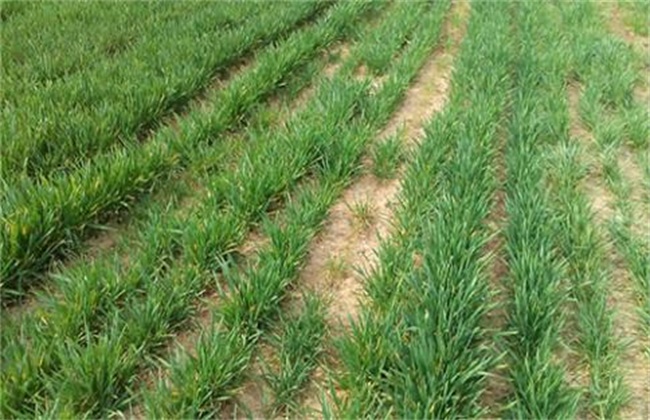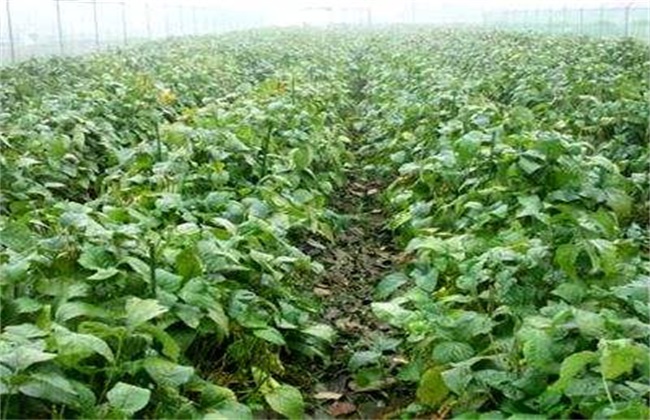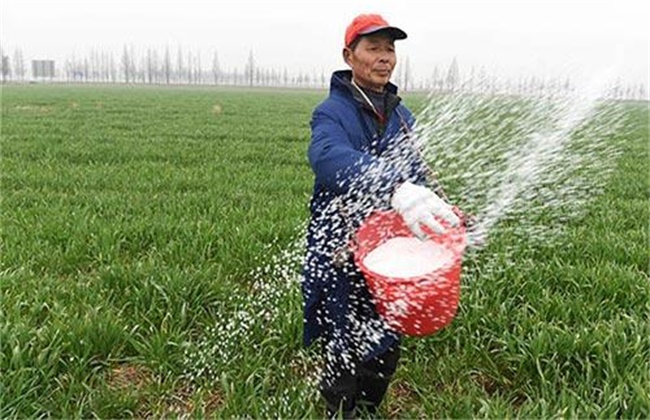What about winter wheat?
Wheat is one of the main food crops in China, which mainly has a wide planting area in the north of China. Wheat cultivation is generally dominated by spring wheat and winter wheat, but when planting wheat, there will be a lot of problems, affecting the yield and quality of wheat. Among them, the dead seedling in winter and spring is one of them, so how should the dead seedling of wheat in winter and spring do? Mainly focus on prevention, the following editor will give you a brief introduction, let's take a look at it!

1. Timely winter irrigation
When planting winter wheat, it is necessary to irrigate it timely. Timely winter irrigation can not only control the soil temperature, but also promote the formation of a high quality soil environment. It can also adjust the nutrition in the tillage layer, increase the heat capacity in the soil, promote wheat to take root and have more tillers, and improve the rate of strong seedlings. And it can also avoid freezing damage to seedlings, achieve the purpose of overwintering and protect seedlings, and reduce the phenomenon of late spring cold. At the same time, it is also a key measure to prevent the death of wheat seedlings in winter and spring.
In addition, reasonable winter irrigation can also settle the soil and eliminate the overwintering pests lurking in the soil. In winter irrigation, combined with fertilization, it will also be able to create a good growth environment for wheat turning green and roots in the second year. Speed up the growth rate of wheat to achieve the purpose of improving wheat quality and increasing yield. And if you irrigate in winter on saline-alkali soil, it can also improve the soil environment. There have also been professional data surveys that show that the yield of plots with reasonable winter irrigation is significantly higher than that of plots without winter irrigation.
2. Timely suppression
The suppression of soil is also a major measure to avoid the death of wheat seedlings in winter and spring. Timely suppression in winter can break large clumps and clods in the soil. Fill the cracks in the soil and compact the soil. Thus, the combination area of wheat root and soil can be increased, the tight combination can be promoted, and the growth and development ability of wheat root can be enhanced. At the same time, reasonable suppression can also improve the soil moisture conservation capacity, ensure the normal growth of wheat in winter and spring, and reduce the phenomenon of dead seedlings.
3. Reasonable coverage
Doing a good job of mulching in winter can deepen the depth of wheat tiller nodes, protect the leaves near the ground, prevent water evaporation too fast, improve water regulation, and achieve the role of heat preservation and anti-freezing. Generally, if the depth of covering soil is kept at about two centimeters, it can play a good anti-freezing and seedling protection phenomenon. For wheat fields covered with soil, the ridges should be cleared in time in spring. The covered soil should be cleared out of the field when the temperature reaches about 5 degrees. If the cold resistance of wheat varieties is poor and the sowing is not deep, then the soil should be covered early. Reasonable soil mulching can effectively increase temperature and preserve soil moisture, avoid freezing damage to wheat and reduce the phenomenon of freezing death.
The above is a brief introduction to how to do the dead seedlings of wheat in winter and spring. That's all for today's introduction. This article is for reference only. I hope it can be helpful to everyone.
Related
- The first cup of black tea in spring, the flavor and history of tea gardens in Kenya, Africa
- The computer can not only choose potatoes, but also grow tea rice. AI will grow winter oolong tea champion.
- It is not only the inflated tea bitten by insects, but also engraved with the four seasons tea in Beipu.
- The Oriental Beauty Tea Festival in Zhuxian County takes the stage at the weekend to experience the plus-size feast of oil tea.
- & quot; Oriental Beauty Tea & Exploration of Emei in Hsinchu, the hometown of quot;
- The new variety of strawberry "Tainong 1" dessert is the first choice with mellow aroma. Crimson gorgeous
- History of Tea in Taiwan: from Wild Inner Mountain to Export Tea Garden
- Two types of Taiwan Oriental Beauty Black Tea won the British three-Star Award for Childhood Tea Xiang Zhang Jiaqi changed from pilot to champion tea maker.
- Banana species and varieties: the planting history of Taiwan Xianren banana and dwarf banana is long, is banana disease resistant?
- Coffee planting Technology: Qianjie Coffee from Seedling to harvesting



